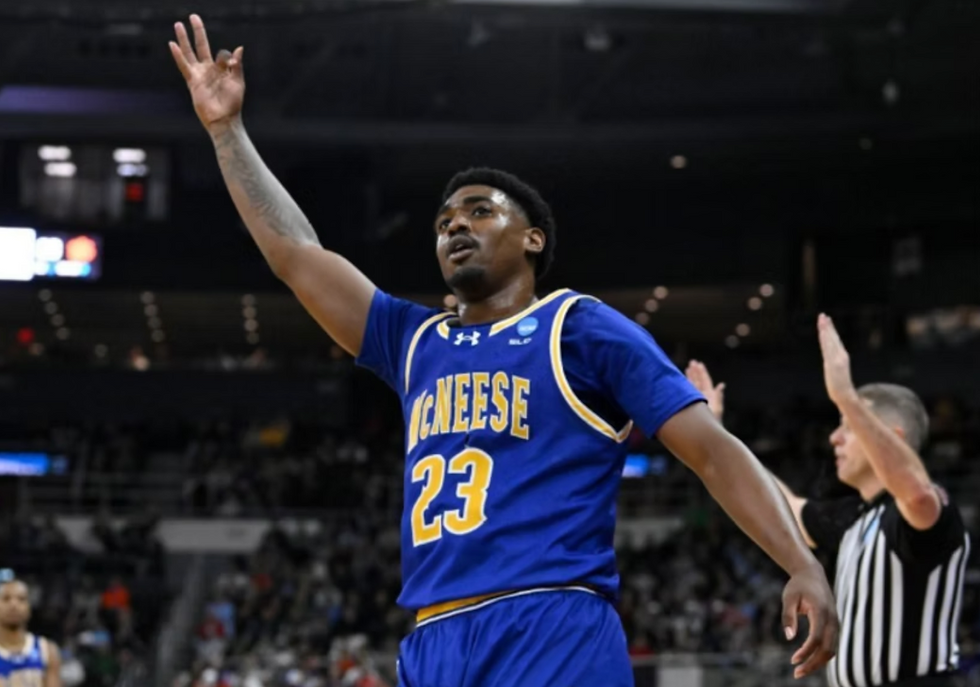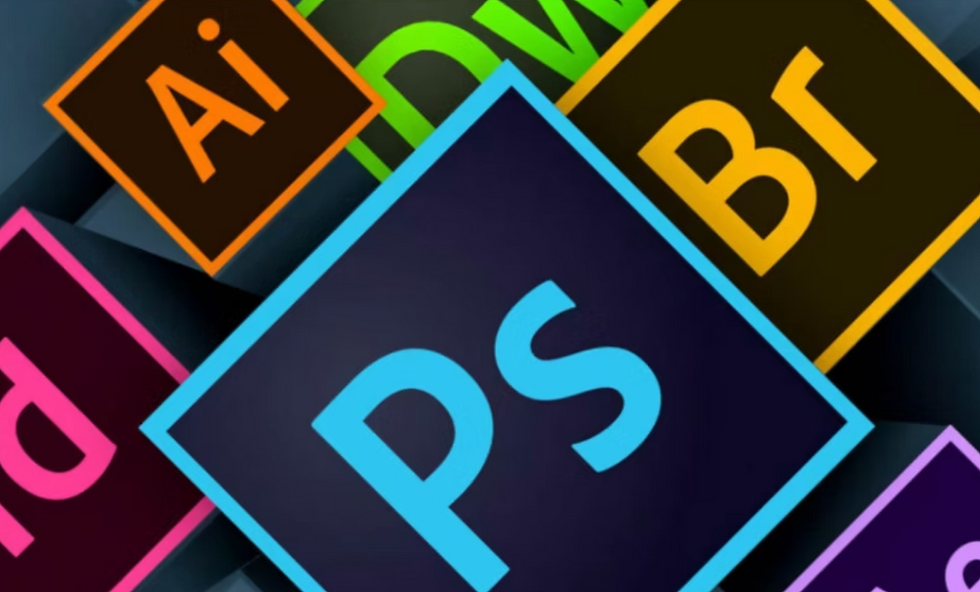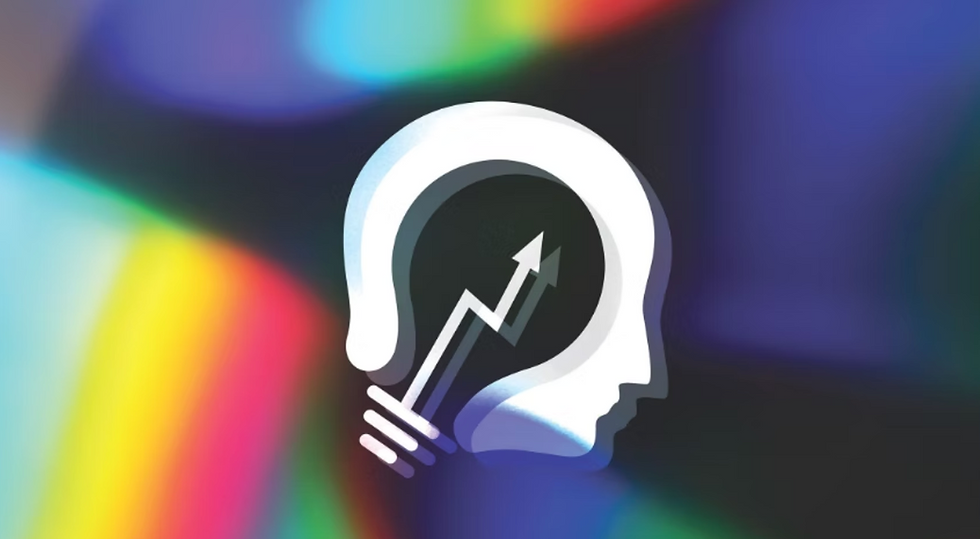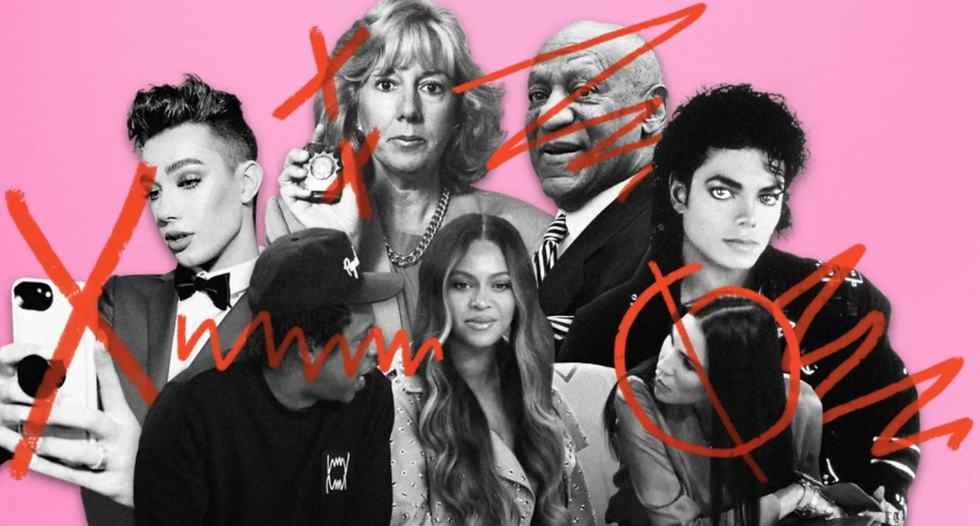March Madness: The Gamification of the Sports Industry
- Hope Valenti
- Aug 1
- 4 min read

March Madness isn’t just about basketball—it’s about competition, strategy, and, for many, money. What started as a college basketball tournament has evolved into a national obsession, where millions of fans take part in the action in ways that extend far beyond the court. Filling out brackets, placing bets, and absorbing an endless stream of advertising, viewers aren’t just watching—they’re playing their own game. The NCAA tournament thrives on fan participation, making it one of the most engaging and lucrative events in the sports world.
This annual spectacle has turned basketball into an interactive experience, where even those who don’t know a layup from a lob suddenly have a stake in the outcome. The thrill of prediction, the agony of an upset, and the hope of a perfect bracket create an environment that keeps fans glued to their screens. By infusing competition into the viewing experience, March Madness has become more than just a sporting event—it’s a gamified cultural phenomenon.
Brackets: The Ultimate Fan Engagement Tool
There’s something uniquely exhilarating about filling out a March Madness bracket. It turns even the most casual fan into a self-proclaimed analyst, carefully weighing stats, gut feelings, and team colors (for the less informed) before locking in their predictions. The odds of a perfect bracket? A near-impossible 1 in 9.2 quintillion, yet millions of people try their luck every year. Companies like ESPN, Yahoo! Sports, and CBS Sports capitalize on this widespread participation by offering massive prizes, boosting engagement and ensuring that even those who wouldn’t normally care about college basketball have a reason to tune in.
But brackets aren’t just about individual glory; they’re a social currency. Office pools, friend groups, and family competitions create mini-battles within the larger tournament, transforming March Madness into a communal experience. The joy of a Cinderella team’s unexpected run—or the devastation of a busted bracket by the second round—keeps fans engaged even when their teams are out. In a world where attention spans are fleeting, the bracket format ensures that interest in the tournament remains high from tip-off to the championship game.
Betting: The Financial Backbone of March Madness
While the bracket challenge thrives on pride and camaraderie, betting adds another layer of intensity—and money—to the madness. The rise of legalized sports betting in the U.S. has turned March Madness into one of the biggest wagering events of the year. In 2023 alone, Americans bet an estimated $15.5 billion on the tournament, further proving that the stakes aren’t just high for the teams, but also for the millions of fans with money on the line. Mobile platforms like DraftKings and FanDuel have only made betting easier, allowing users to place wagers from anywhere with just a few taps on their phones.
The NCAA, long wary of gambling’s influence on student-athletes, remains at odds with the reality that betting is now deeply intertwined with the tournament. While the organization emphasizes integrity and fairness, the sheer volume of sports betting—and its ever-growing accessibility—means that March Madness will continue to be as much about the spread as it is about the scoreboard. For many fans, a buzzer-beater isn’t just thrilling—it’s the difference between a big payday and a painful loss. Whether celebrated or condemned, betting has become an undeniable pillar of the tournament’s appeal.
Advertising: The Business of Brackets and Betting
In the field of advertising, March Madness is a billion-dollar industry. Television networks such as CBS and Turner sports make billions from television rights deals. Paramount and Warner Bros. Discovery paid $995 million to air March Madness this past year according to Sportico. Yearly, 90-95 companies pay for air time in the tournament. In 2023, advertisers spent nearly $1 billion on March Madness ads according to Kantar. Betting companies, beer brands, and fast-food chains dominate commercials, targeting the engaged (and often emotional) audience. A few fan favorite commercials of March Madness 2024 included Nissan, Wendy’s, Capital One and Geico. A lot of these advertisements used elements such as viewer excitement, humor, lightheartedness and more to engage the viewers.
Many companies also use March Madness for social media campaigns, using clever hashtags and slogans to promote their brands and interact with viewers. An example of this is Allstate, using the hashtag #MarchMayhem in 2016 for a Twitter campaign. Digital and social media ads push betting promotions, fantasy leagues, and last-minute bracket adjustments, March Madness being America’s #1 betting event with an estimated $3.1 billion expected for men’s and women’s NCAA tournaments according to Yahoo Sports.

This bar graph by Kantar shows the increase from 2007-2016 ad spending for men’s basketball. The NCAA men’s basketball tournament is consistently a fan favorite post-season, being the second largest post-season franchise to the NFL playoffs.
Conclusion: The Future of the Madness
Overall, March Madness has evolved far beyond a college basketball tournament—it's an interactive, gamified experience. Brackets, betting, and advertising ensure that even those with no interest in basketball feel connected to the event. Appealing to humor, viewer excitement, and competition, March Madness incorporates these different factors to create an interactive experience that all viewers can enjoy. As sports betting continues to grow, the NCAA and advertisers will need to navigate ethical concerns while capitalizing on the lucrative nature of the tournament.



Comments